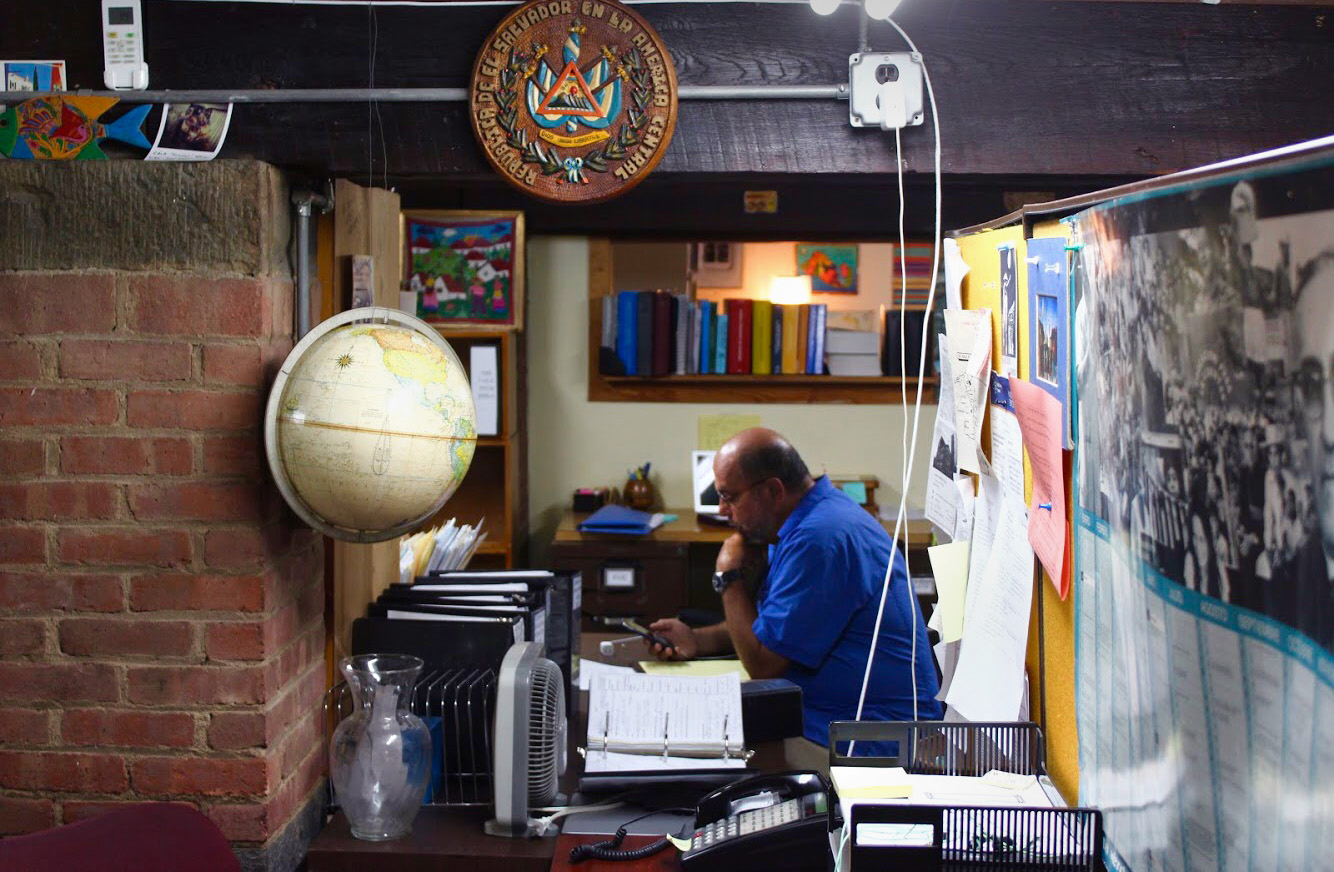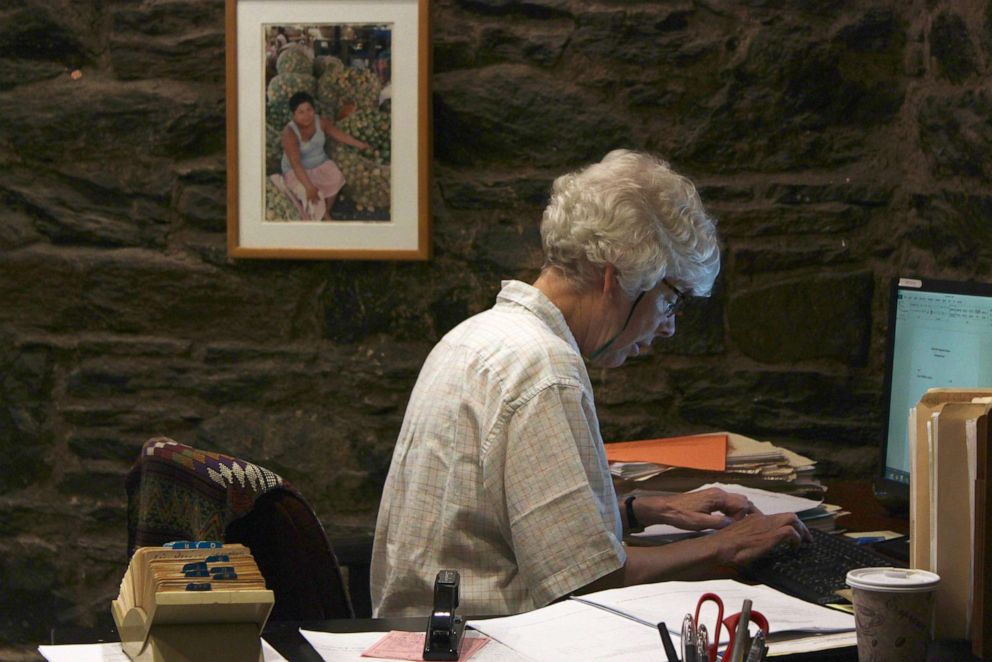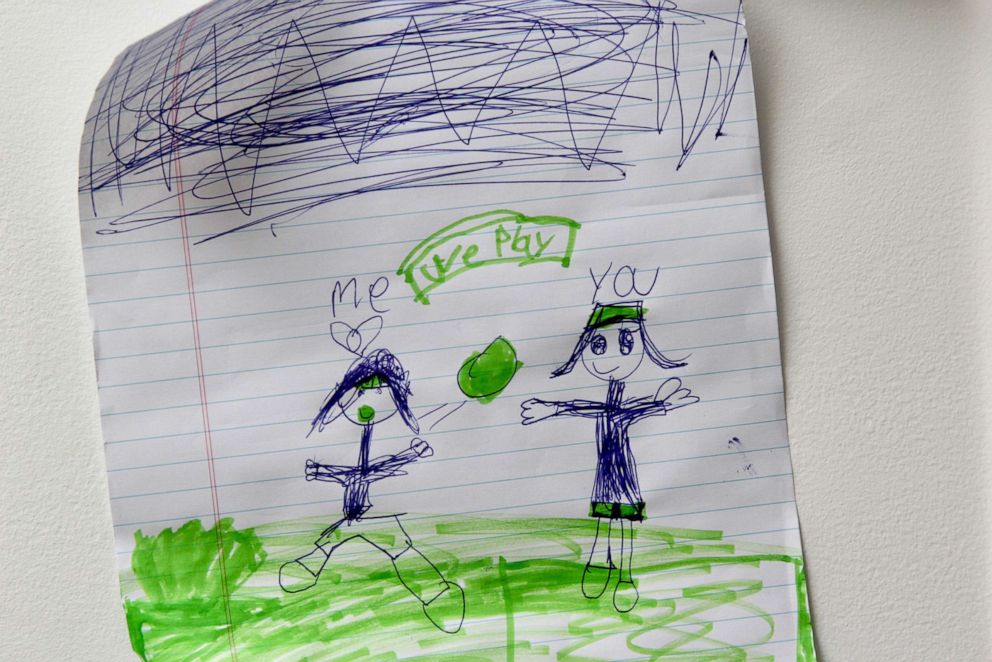Immigration lawyers say efforts to address a backlog of cases has hurt clients
The backlog has increased under the Trump administration.
In 2014, Texas immigration lawyer Robert Painter first met a domestic violence victim he believed had a strong case for asylum. But due to the backlog in U.S. immigration courts, they did not appear before a judge until last month.
The woman’s next hearing is now a year away, and Painter fears the long delay has hurt her case, and made her that much more vulnerable if she is sent back to her home country.
Meanwhile, the sheer volume of such cases means that Painter's firm American Gateways, which represents low-income immigrants in central Texas, has been turning away as many as 140 cases a month.
“In spite of what this administration keeps trying to push, this narrative that people are trying to game the system ... it's important to remember that there are humans that are being served or not served by this system,” Painter said.
Texas has 135,177 open immigration cases and the average wait for a hearing is 713 days, according to Syracuse University's TRAC database.
The backlog in immigration courts is nothing new. But under President Trump, the volume of open cases has swelled to just under a million people, according to TRAC.

Under President Obama's administration, prosecutors could ask a judge to close a case and then have it removed from the docket without a ruling. But the Department of Justice under Trump claimed that the practice was illegal and returned 350,000 deportation cases to the system.
To address the bottleneck, the Trump administration has begun expediting family cases and hiring more judges. Immigration lawyers say they haven't had enough time to prepare some cases, while major delays can weaken other cases.
Between the time a person claims asylum and the ruling on that application, it’s possible that the requirements have changed several times over. In a bid to limit immigration, the Trump administration is continually declaring new mandates while advocacy groups implore federal judges to block them. The result is that rules for immigrants are ever evolving.

Last year, the Trump administration said it would begin restricting asylum claims of migrants fleeing domestic and gang-related violence, though the directive was later rejected by a federal judge. If it is reinstated, the rule would likely mean that Painter’s client in Texas would have no case for asylum.
And last month, Attorney General William Barr ruled that if migrants pass through a country on the way to the United States and don't apply for asylum there, then they are ineligible to seek asylum in the United States.
"Adjudicating outstanding cases in the immigration backlog remains a priority for this Administration,” a Department of Justice spokesman said in a statement. “In doing so, all cases will be adjudicated in full accordance with the law and due process."
Outcome based on the law
One of the biggest changes made under the Trump administration has been to add around 200 immigration judges, which has brought the total number to 430. According to an analysis by the Associated Press, one in five judges appointed by the Trump administration are former military lawyers and attorneys who previously worked at Immigration and Custom Enforcement (ICE).

Anne Pilsbury, an immigration lawyer in Brooklyn, New York, said inexperienced judges come with a cost.
“When [judges] first start they just don't get it. They're not used to communicating with people with limited education and they just kind of don't know how to listen and ask questions," she said. “Which makes their chances of granting the case low because if a judge finds a person not credible, it’s the end of the case."
Pilsbury, who founded Central American Legal Assistance in 1986 and remains its executive director, has worked through myriad changes to immigration rules over different administrations. She said that delays can cause evidence to become stale and supporting documents to appear outdated.
“All of a sudden the burden becomes even heavier on us to try to convince them that they're still in danger [when] it could have been granted if it was heard promptly,” Pilsbury said.
Asylum petitions currently have a roughly 70 percent denial rate, according to TRAC.
A spokeswoman at the Executive Office for Immigration Review under the Department of Justice said it is “committed to ensuring that all who come before its courts will receive due process and a timely, fair adjudication whose outcome is based on the law.”
Restrictive laws
Andrew Arthur is a fellow at the Center for Immigration Studies, a nonprofit organization that favors limiting immigration, and a former immigration judge. He said it has been important to bring in new judges and fast-tracking some cases because “it's crucial having the case heard in a timely manner.”

He said no judge is forced to rule negatively and deport people, and that judges who issue negative rulings are just following the law.
"The immigration laws in the U.S. are restrictive,” he said.
Diana Ricaurte went through an American immigrant court as a child and is now a justice fellow working with family asylum seekers and unaccompanied children through the Central American Refugee Center in Long Island.
She said she has been frustrated to find that some applicants do not in her view get a fair hearing, and that her personal experience gives her a window into how lost an asylum applicant can feel moving through the system.
“[It] doesn't give them the ability to cope with everything that's been going on, from the moment they flee to the moment that they're actually facing an immigration judge,” she said.




